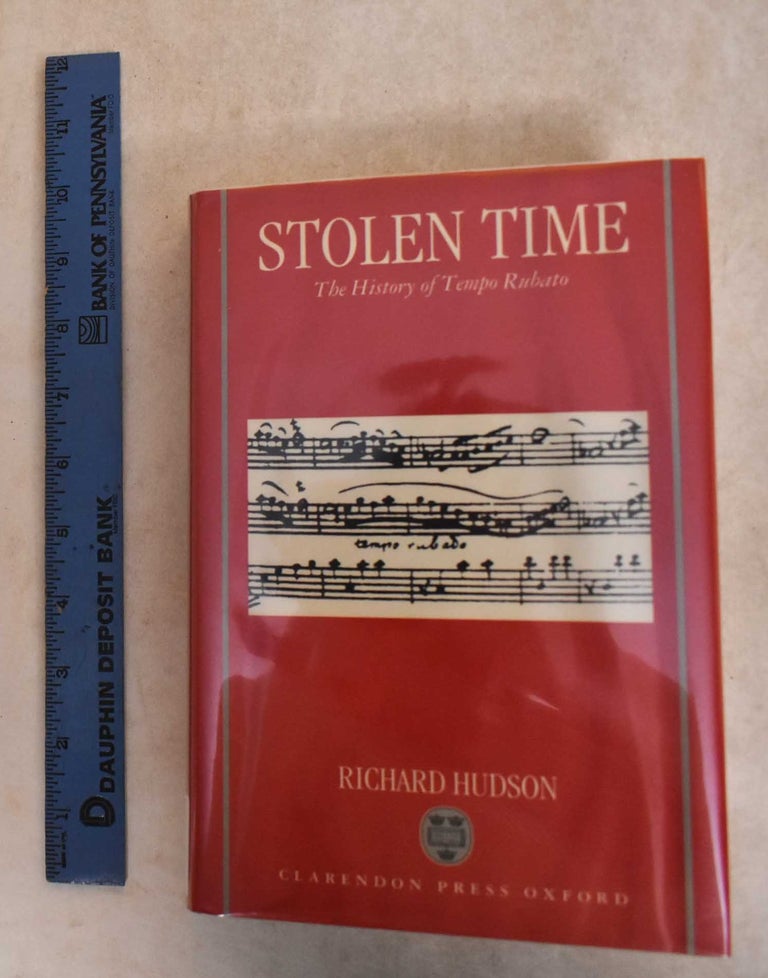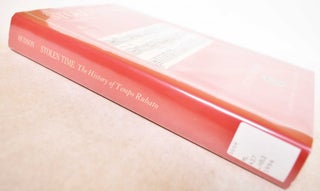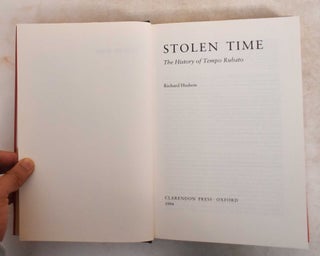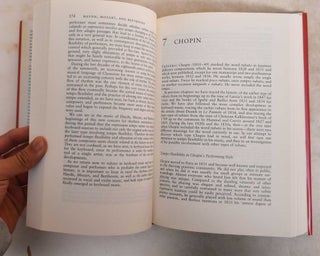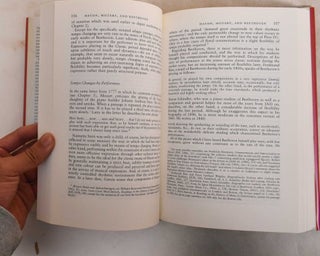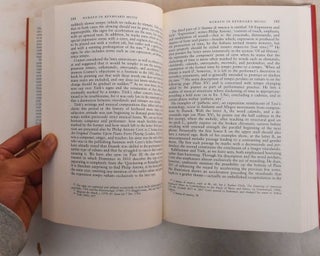Stolen Time: The History Of Tempo Rubato
Oxford, England: Clarendon Press, 1994. Hardcover. black boards w/ gilt spine printing. book xiv, 473 pgs. red dustjacket w/ white & silver printing w/ protective plastic cover. VG (ex-library w/ stamps to textblock edges, internal stamps, usual markings etc. dustjacket taped to cover edges; ID to lower spine). Item #186002
ISBN: 9780198161691
From a college library. No removal stamps to due date card. Remains tighly bound and appears unread. Pages have been inspected and appear clean, but, may have instances of marginalia, notations, etc. "The history of tempo rubato ('stolen time') is as old as music itself. Composers and performers sometimes alter the expected rhythm or tempo in order to enhance the expressive power of the music. The technique has been variously described by theorists and composers as 'an honest theft', 'a pernicious nuisance', even 'seductive' (by Franz Liszt), yet it remains integral to the performance and history of music. Professor Hudson's book is the first to present the complex history of this device. He identifies and traces the development of two main types of rubato: an earlier one in which note values in a melody are altered while the accompaniment keeps strict time, and a later, more familiar one in which the tempo of the entire musical substance fluctuates. In the course of his narrative he ranges widely over Western music, from Gregorian Chant to Chopin, from C.P.E. Bach to jazz, quoting extensively from the writings of theorists, composers, and performers. In so doing he not only suggests new ways of approaching rubato in the music of nineteenth-century composers such as Chopin and Liszt, where we expect to encounter the term, but also illuminates the music of earlier and later periods, revealing its use even in the music of that most metronomic of composers, Stravinsky. As such his book will be of wide interest and of particular relevance to performers. The text is illustrated throughout by nearly 140 music examples and a number of illustrations."--WorldCat.
OCLC: 31288071
Price: $160.00


